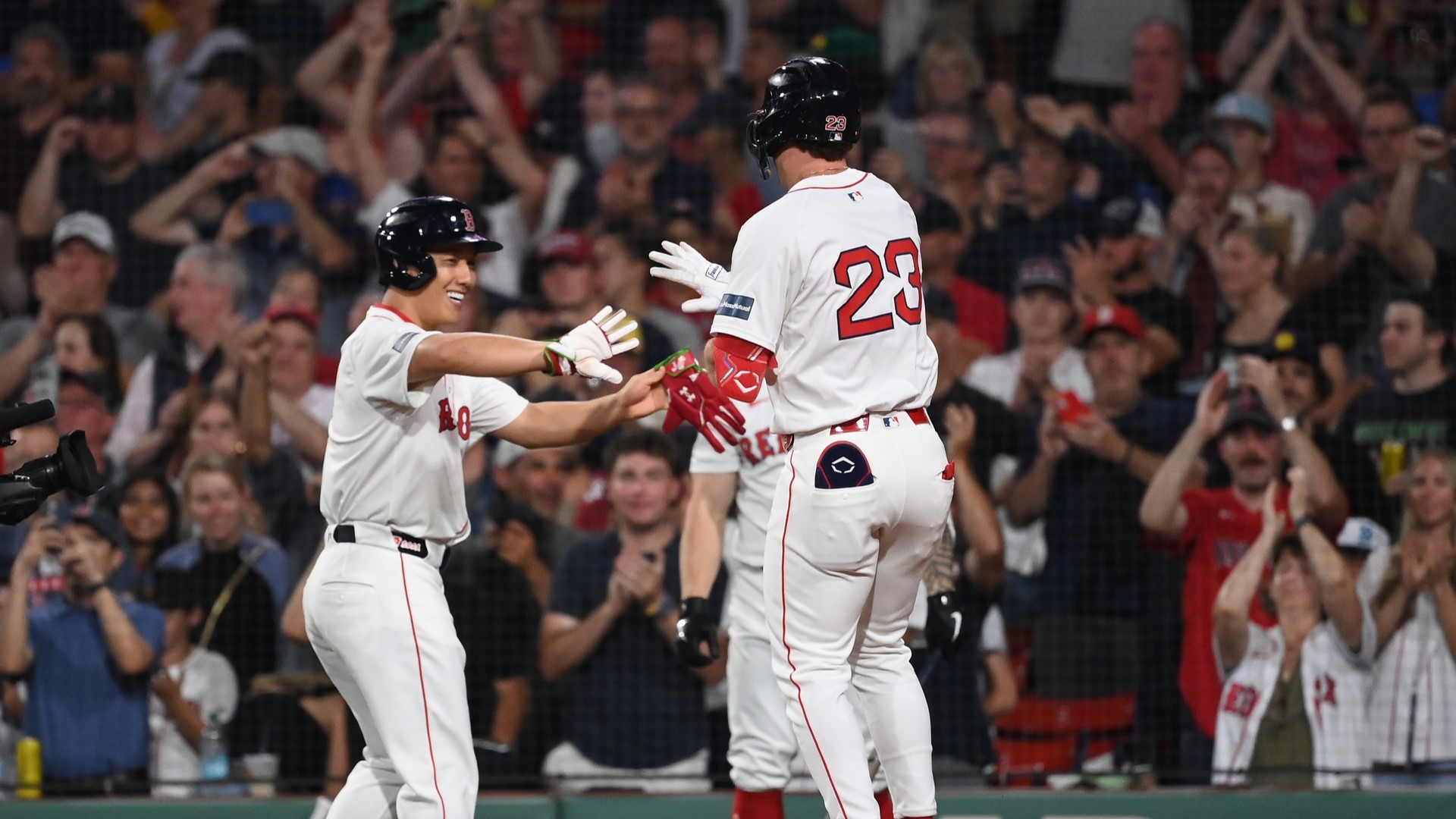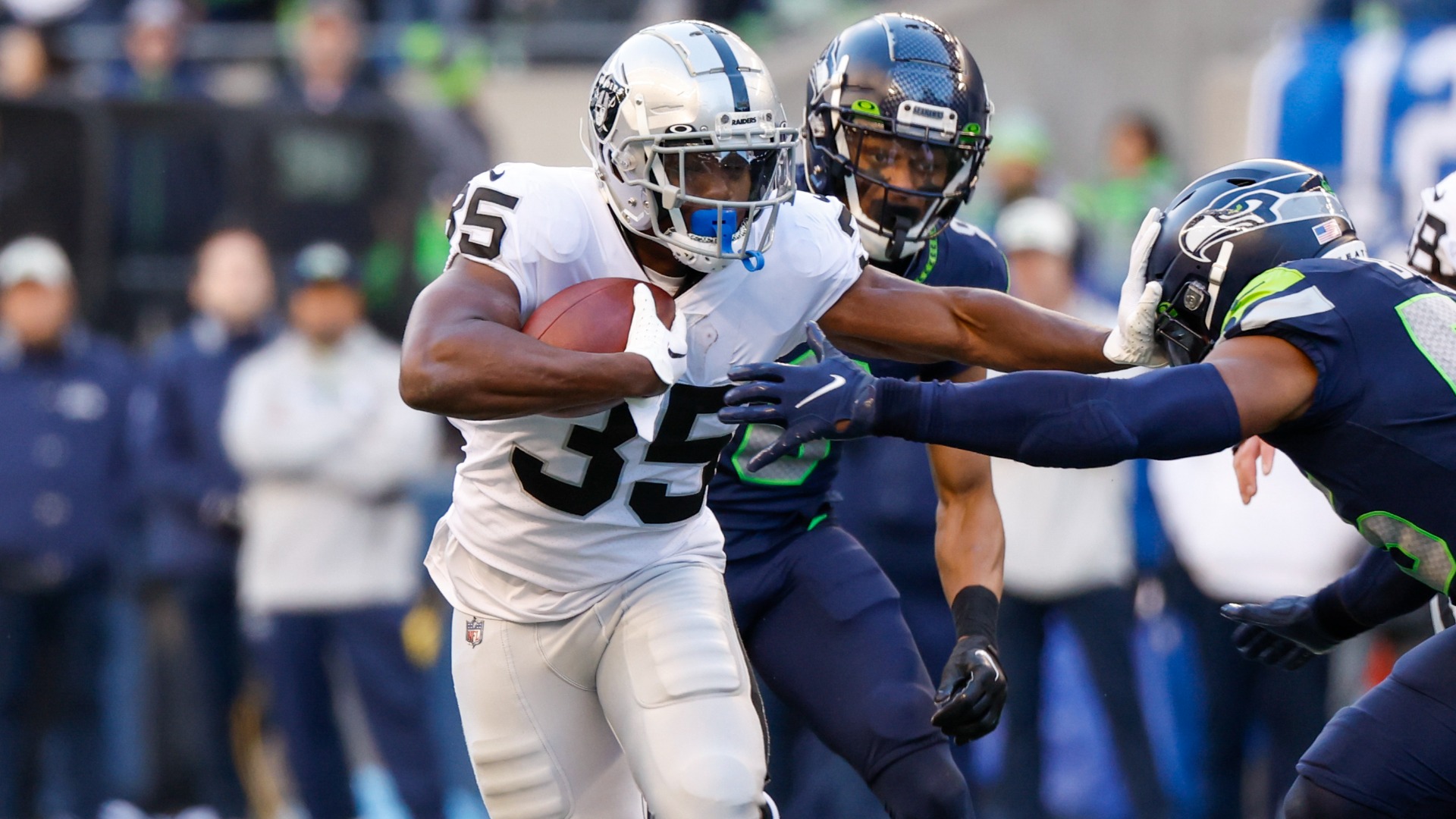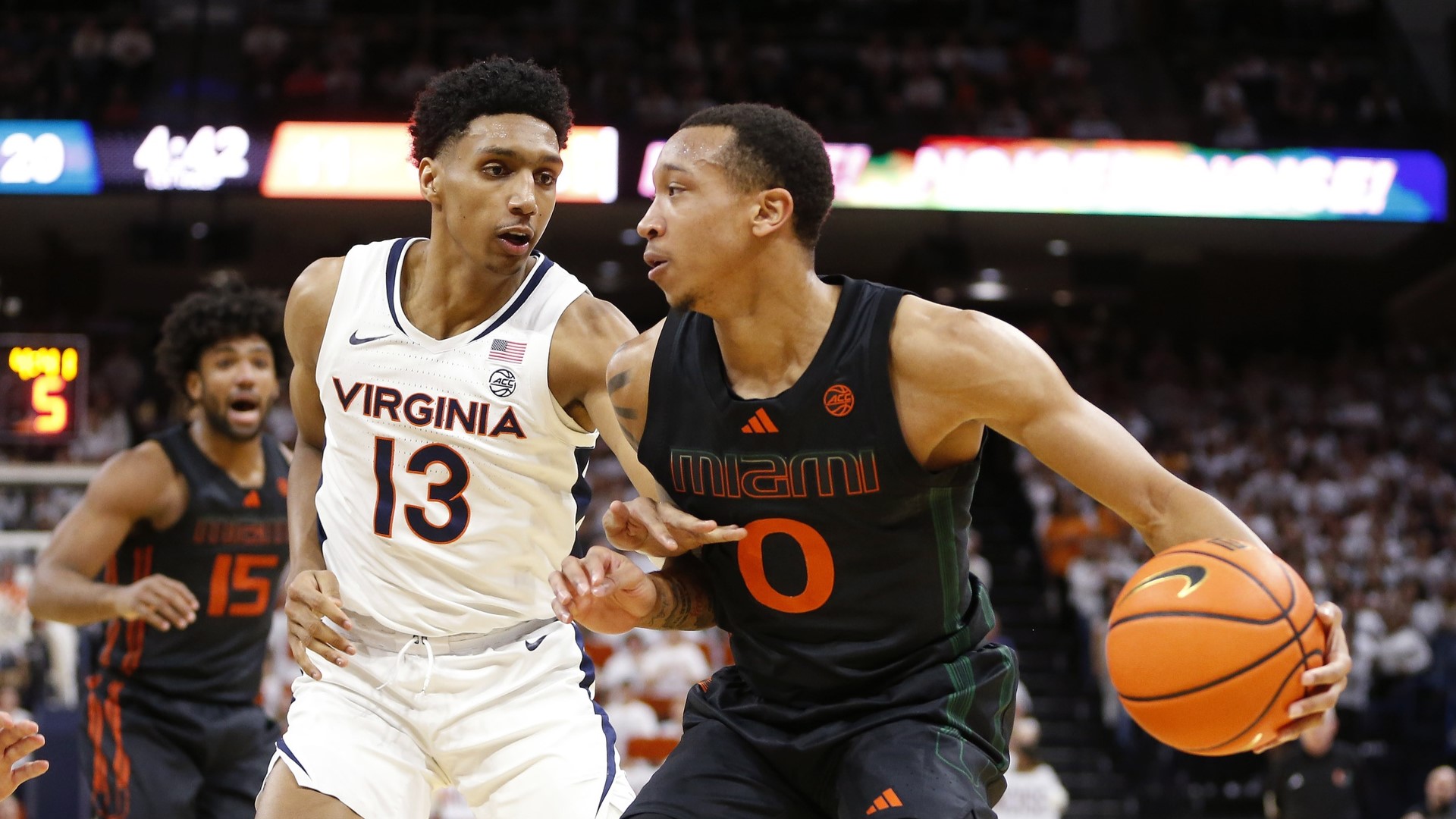What a ride for these four programs as they find themselves among the Final Four this weekend.
We rank the four head coaches remaining in the field in what is as unpredictable of a national semifinal as you can have.
1. Jim Larra̱aga РMiami
Larrañaga is undoubtedly one of the more underrated coaches of his generation. He has turned around George Mason and Miami, bringing each program to its first Final Four. With nearly 40 years of experience, there isn’t much Larrañaga hasn’t seen during his time on the sidelines. He’s an incredible underdog, bringing the Hurricanes this season as a 5-seed and George Mason in 2006 as an 11-seed to the national semifinals.
2. Dan Hurley – UConn
The big question about Dan Hurley was his lack of NCAA Tournament success, entering with zero Sweet 16 appearances. It’s safe to say those murmurs have been put to bed, reaching his first Final Four and bringing sleeping giant UConn back where it belongs. He has been an excellent recruiter, a coach players rally around, and a passionate leader the fanbase adores. He may be polarizing, but Hurley has done enough to take second on this list.
3. Brian Dutcher – San Diego State
After serving as an assistant under Steve Fisher for 28 seasons, Dutcher inherited the San Diego State program following Fisher’s retirement in 2017. He kept the Aztecs afloat for the past few seasons, finally breaking through this year and delivering the program its first Final Four appearance. He’s as much of a defensive mastermind as his predecessor, and now the Aztecs are within reach of a national championship. It’s an unbelievable job of a seamless transition within the SDSU program.
4. Dusty May – Florida Atlantic
At just 46 years old, May could be the best head coach in a decade or two. For now, he doesn’t have enough of a resumé to be put above anyone else on this list. Yet, May is an incredibly gifted head coach, pulling off one of the best program turnarounds the sport has ever seen. FAU is one of the worst jobs within Conference USA, and despite this, he has willed them to the Final Four with high-level recruiting and an embracing small-ball, guard-centric basketball.



